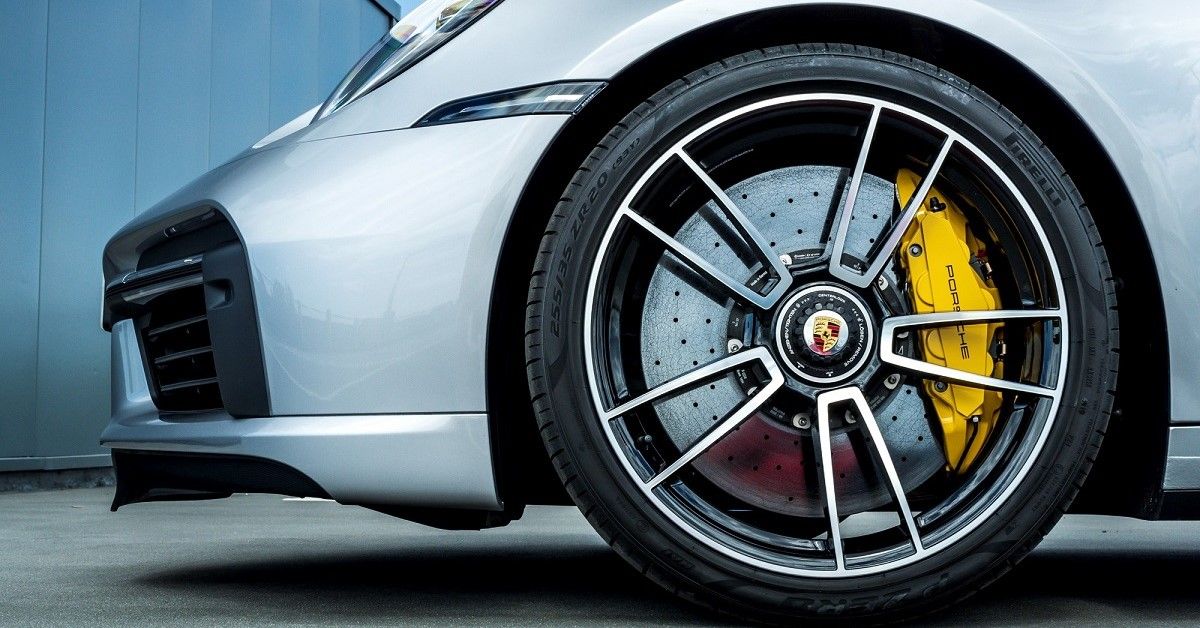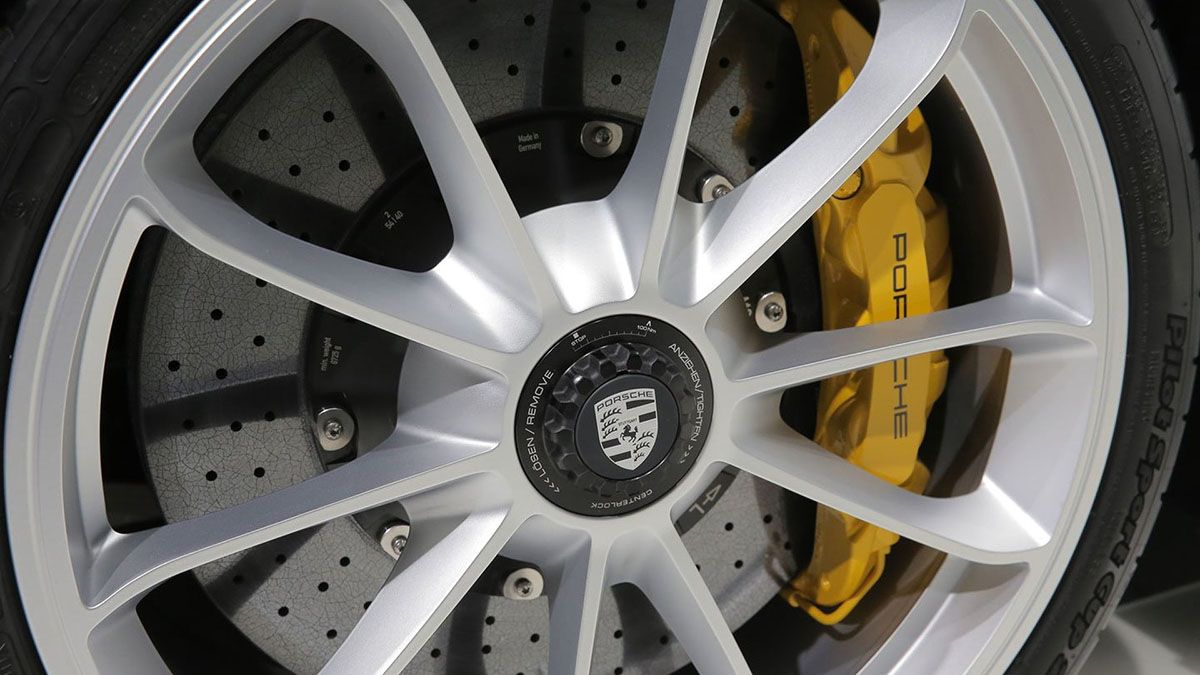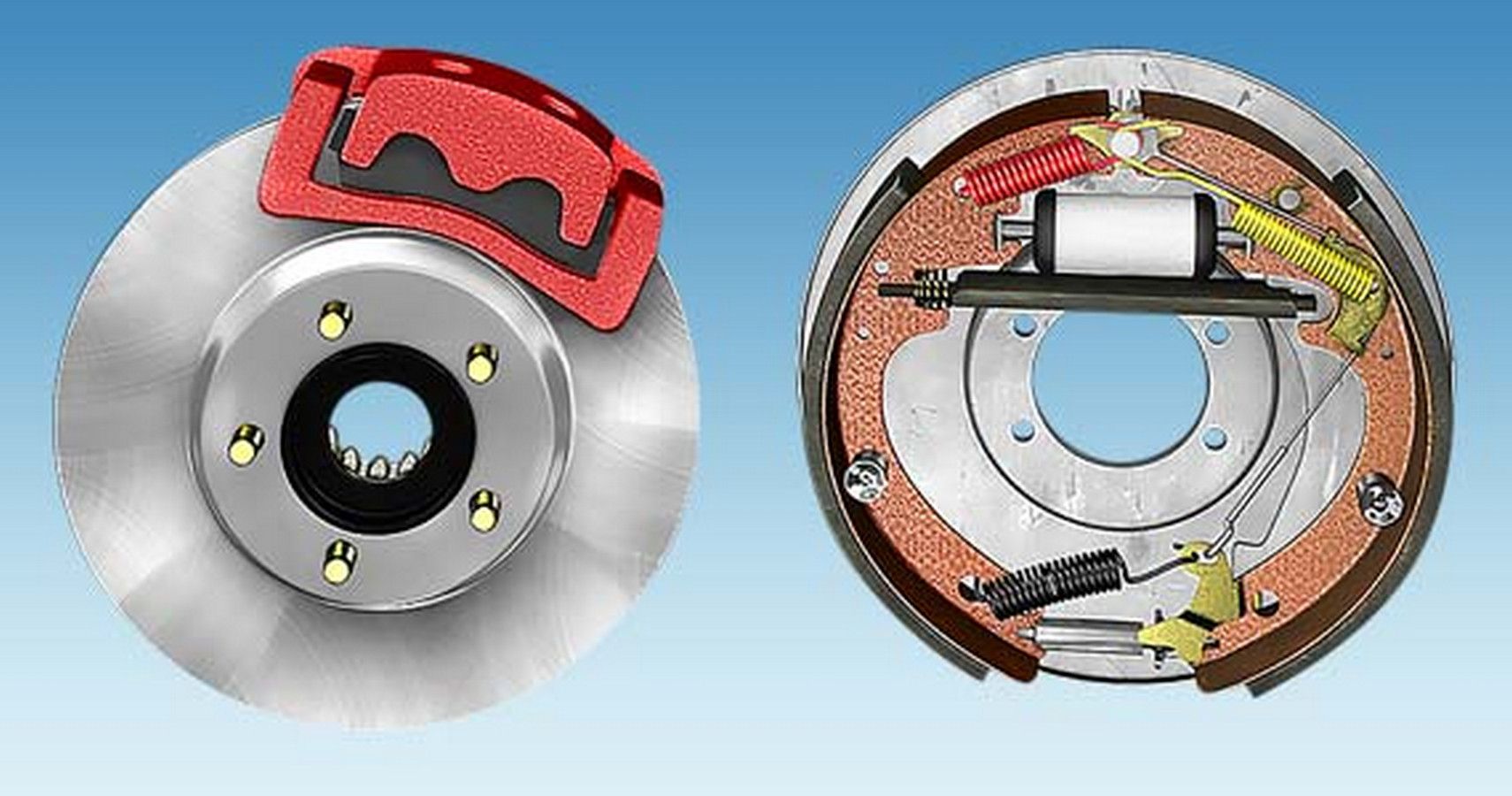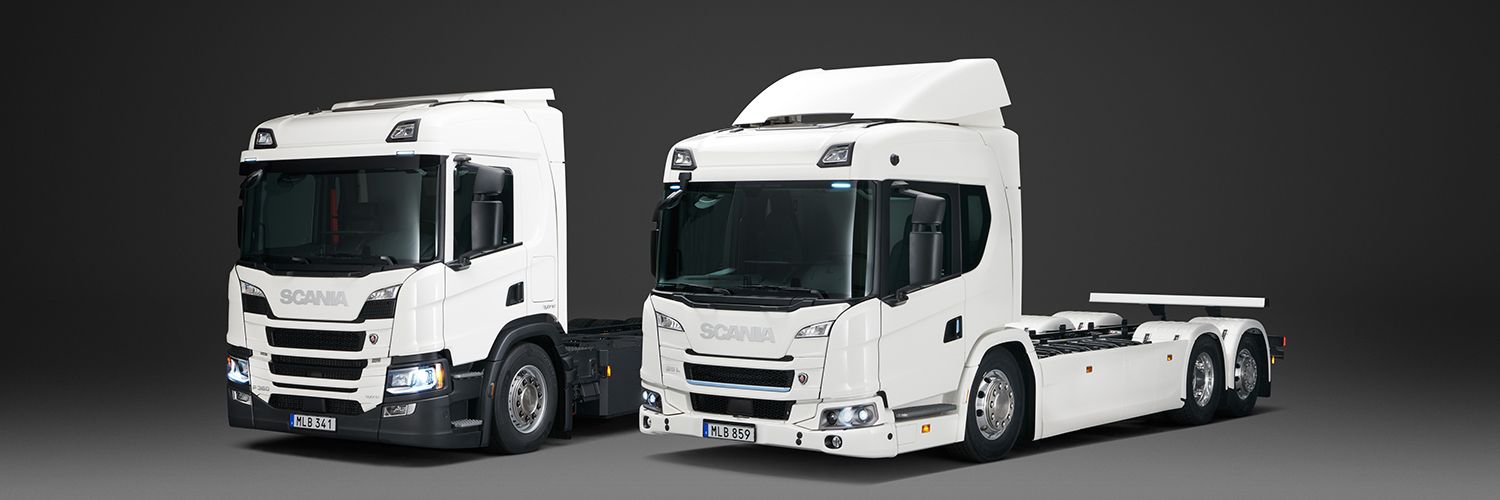As car or vehicle fans, we tend to focus on the engine. That might be something that will change as the idiosyncrasies and sensorial qualities disappear from under the hoods of cars to be replaced with excellent, silent - and possibly dull - electric motors.
Sure, there’s handling, style, technology, and performance figures too, but for sports cars, at least the main thrust of interest is usually aimed around noise, vibration, smell, and combustion-engined pull.
That’s just the engine then, but with every dose of power comes closer proximity to a corner, and what’s a car that can accelerate but not decelerate?
Brakes are the Yang to the engine’s Ying then – the better the technology to stop the car then the more effective and safer it can be, with more stopping power you can crank things up to 11 go as fast as you like, knowing you will be able to slow down in time.
Looking at today’s dynamic and intelligent brakes, it's plain to see that the ones from yesteryear have come a long way. Let’s see how different things used to be and what choices there are now, as not all brakes are created equal.
Banging The Drum For Brakes
We know about discs and drums, but a couple of centuries ago carts would have been slowed-down with blocks of wood pressed against the wheels by use of a lever of some sort – this is the lo-tech kind of thinking similar to how you would put your shoes against the rear wheel of your bicycle as a kid if you had no working brakes, or failing that – just putting your feet on the floor.
Drum brakes were the gold standard in car brakes before disc brakes, but they are much less powerful and reliable than their modern cousins.
You can see them on most classic cars, and even on contemporary cheap, typically smaller cars like the Kia Picanto, Ford Fiesta, etc. usually mounted on the rear axle where there is less weight under braking and discs on the front.
Interestingly, the classic Citroen DS is often touted as the first real use of discs on a production car from 1955, mounted inboard (not inside the wheels).
Brakes are usually applied by pressing on the brake pedal, obviously, this acts on something called a master cylinder which from then acts on the brake circuit via a liquid to transfer the force. This is called a hydraulic brake system.
Drum Brakes Can Be Cheap
Drum brakes are cheaper and more rudimentary than modern disc systems. They are drum-shaped, hollow, and are actuated usually by a cable that pulls on two spring-mounted ‘shoes’ which push outwards on the inside of the drum to create friction, convert kinetic energy into heat, and voila; slow or stop the vehicle.
Handbrakes usually (but not always) actuate on the rear drum brakes, with a cable keeping the brake shoes fixed on the drum to hold the car in place.
The problem with drums is that they are relatively more likely to suffer from brake fade and liquids and debris can more easily get stuck or build-up leading to a non-braking brake.
The bottom line is that if the car is small, light, cheap, or slow, it is likely that drum brakes will suffice for the rear axle. The overwhelming majority of cars today have discs at least on the front axle if not on all four (or more) wheels.
Flying Discs In The Sky
Disc brakes can more easily disperse heat, water, and debris and are more powerful than drums.
They can be drilled with holes, like you may have seen on many motorcycles, can be vented to allow for quick heat loss, and may also be grooved for optimal performance in faster cars.
In applications like the old Porsche Carrera GT but now in many more high-performance cars, you can spec or buy ready-equipped carbon-ceramic brakes.
Here, the braking force is very strong, with a longer-lasting life and less fade combined with a lighter weight.
They are not ever equipped on a Kia Picanto – even on the front axle.
With the power and reliability of discs, we also have additional technology to help supplement its job, like ABS which doesn’t let the brakes (and thus the wheels) lock-up under braking and so avoid the vehicle skidding uncontrollably under full braking force.
If you step on the brakes while on snow in a car equipped with ABS you will probably be able to feel the pedal juddering as the system tries to keep things in check and the wheels under the threshold of lock-up.
Air Brakes For Your Big Rig
Apart from the brakes we already know and love, the air brake arguably deserves a mention. Usually reserved for heavy vehicles like trucks and buses, it is the system that acts upon the drums or discs rather than a different type of brake per se.
Instead of brake fluid, it is compressed air stored in tanks (and generated by a compressor) that is used to actuate the drums or discs, which is why you can hear hissing when trucks or buses pass on the street. This is called a pneumatic braking system.
The parking brake on these vehicles is particularly clever as it is always set to on by default using springs; the air is what keeps the brakes off, thus if there is no air left because of a leak for example then the parking brake will not release and the same for if there is a sudden catastrophic air leak while driving – the brakes will automatically be applied because there is no air to keep the spring brakes off.
Heavy vehicles also have other types of braking mechanisms to slow down while on the move, which are particularly helpful given the masses involved and when going downhill for example. These accessories are called retarders and work with electromagnetic force, hydraulic resistance, or by a valve blocking the exhaust. They help supplement the normal brakes and lengthen their life, as well as avoid brake fade on long stretches where braking is required like on mountain roads.
Air brakes are more reliable than hydraulic brakes (normal car brakes using liquid) and can work even if there are minor leaks in the circuit, not to mention the ability to connect and reconnect the brake lines for trailers to be added to the vehicle.
They have been around since the 19th century and were first introduced for use in trains and are still in use today. It just goes to show that some types of technology are so good that they can stand the tests of time with minimal modification at all.




-.jpeg)
